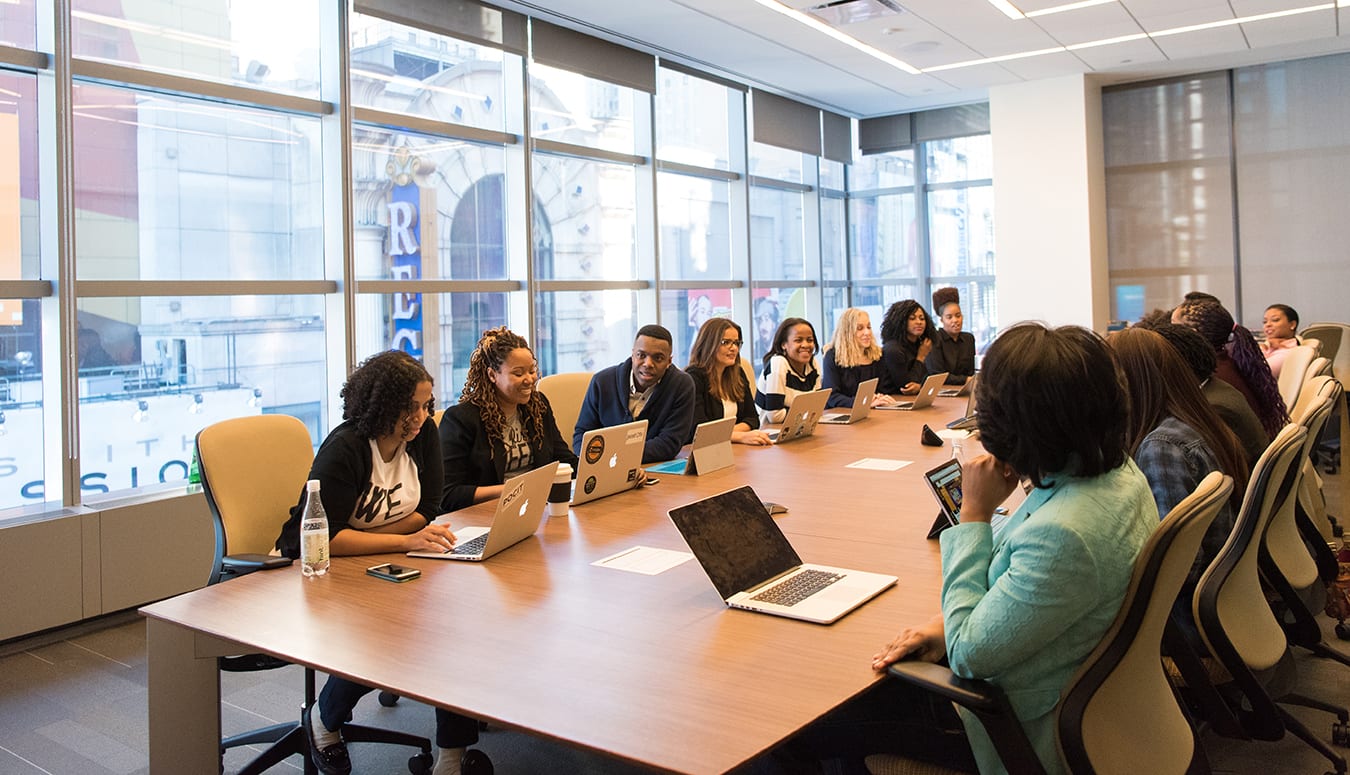How To Improve Diversity In Hiring And Reduce Unconscious Bias

This post is written by Scott Beardsley and Damien Richburg.
Companies are striving now more than ever to hire a diverse workforce, particularly in technology and engineering career fields. Our clients want to interview the most qualified people, but they also want to see a range of candidates across gender and ethnicity.
Hiring a diverse workforce begins with the availability of diverse talent. Right now, the tech world is paying premium salaries for gender-diverse talent because it is so scarce!
So at the macro level, for companies to hire diverse teams in tech and engineering, it begins with fostering inclusion in STEM programs starting in grade school and college.
Beyond that, we’re going to address another key aspect of this topic. That is, how can companies reduce their unconscious biases to create a more fair and equitable hiring and interview process?
If you’re unfamiliar with the term “unconscious bias,” it refers to stereotypes people have (that they’re unaware of) about certain groups of people. These can influence people’s judgment and decision-making in a variety of ways.
10 Tips To Optimize Your Hiring Process
These are the best practices that we recommend companies follow to improve their chances at hiring a diverse workforce. We also list some suggestions for reducing the impact of unconscious bias on hiring.
- Case a wide net: Begin the hiring process with a diverse sourcing strategy. Search for candidates through multiple channels, and not just on your website and social channels. This will improve your chances of attracting candidates from a variety of backgrounds.
- Standardization: Create a structured interview process that provides the exact same candidate experience regardless of gender. Keep solid records to ensure you live up to these standards for each candidate.
- Define roles: Be clear on the roles and responsibilities for each person participating in the interview process at every step of the hiring process. This is crucial so that no one goes off-script. Also, utilize a diverse hiring panel if possible.
- Training: There are experts who teach people how to avoid asking questions in an interview setting that make assumptions about the candidate. If possible, provide this type of unconscious bias training to your team.
- Short list: If you present a group of candidates to the hiring manager to consider for interviews, make sure there’s diversity in the group. If there isn’t, the list is too short. Behavioral economist Dan Ariely discussed this topic recently in the Wall Street Journal.
- Approval process: Use a selection team to endorse each hiring manager’s decision. If one person can unilaterally sign off on a hire, there’s a higher likelihood of unconscious bias entering the equation. This isn’t about group-think, though. It’s about oversight.
- Skills assessments: If you’re hiring for a technical role, create a short, skills-based assessment to evaluate a candidate’s proficiency. This adds a layer of objectivity to the hiring process. Don’t make the assessment too long, though. More on that here.
- Support: Add an HR generalist to observe each step of the hiring process to provide another set of eyes. Also, make sure the leadership of your company backs the hiring approach. This goes beyond lip service. S/he must walk the walk.
- Promotion: Market your company as being gender diverse and inclusive. Be upfront and transparent about your efforts and you will increase your odds of attracting a diverse set of candidates.
- Measurement: Keep stats on your company’s hiring to hold everyone accountable. It’s difficult to manage what you don’t measure, so be diligent about tracking the metrics tied to every step of the hiring process.
Need help with your company’s interview and hiring practices? Email sales@recruitAbility.ai for a free hiring assessment.